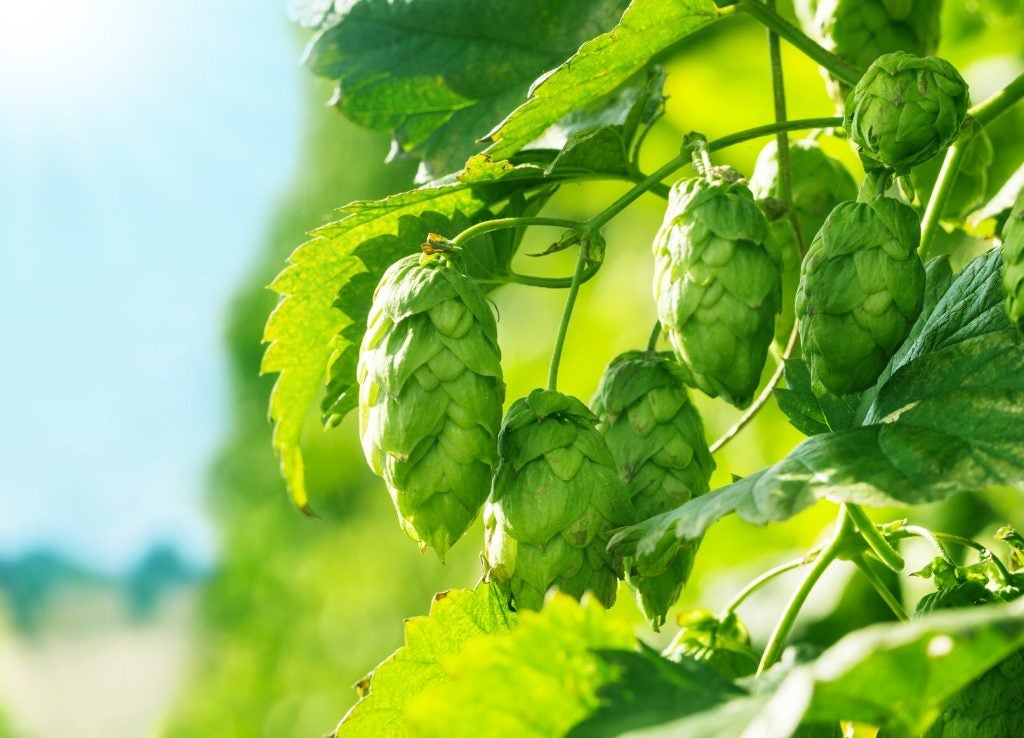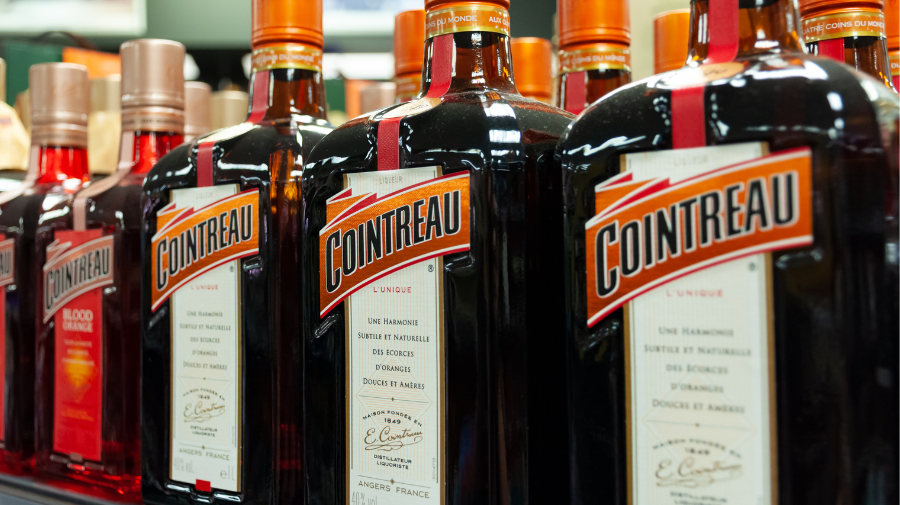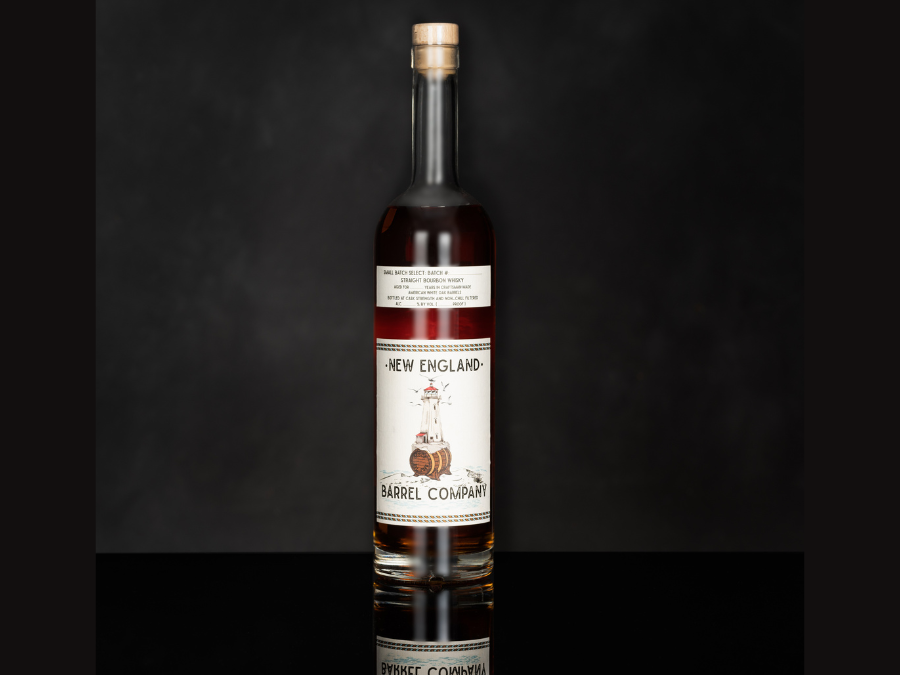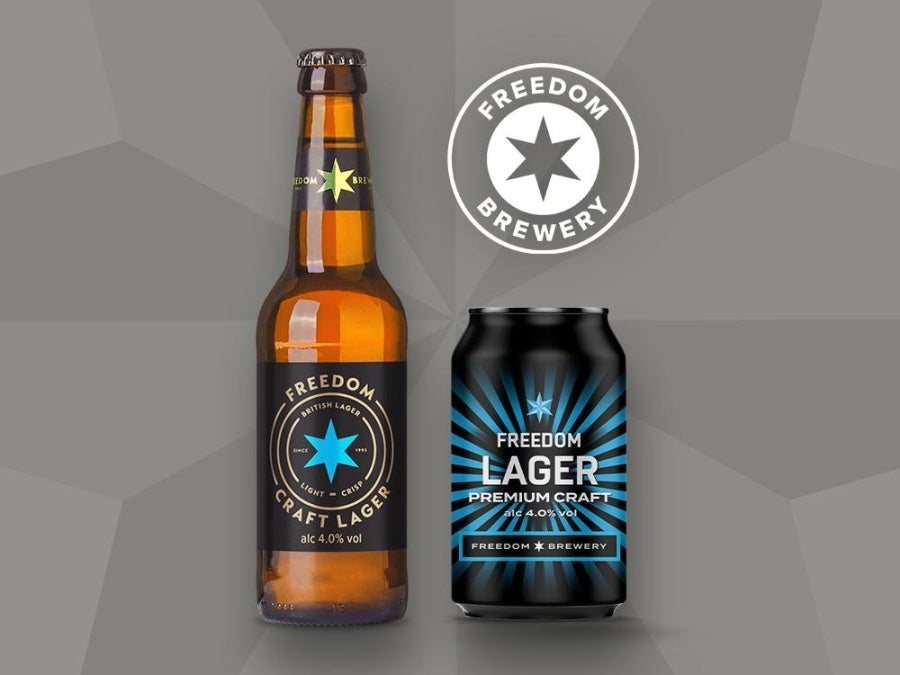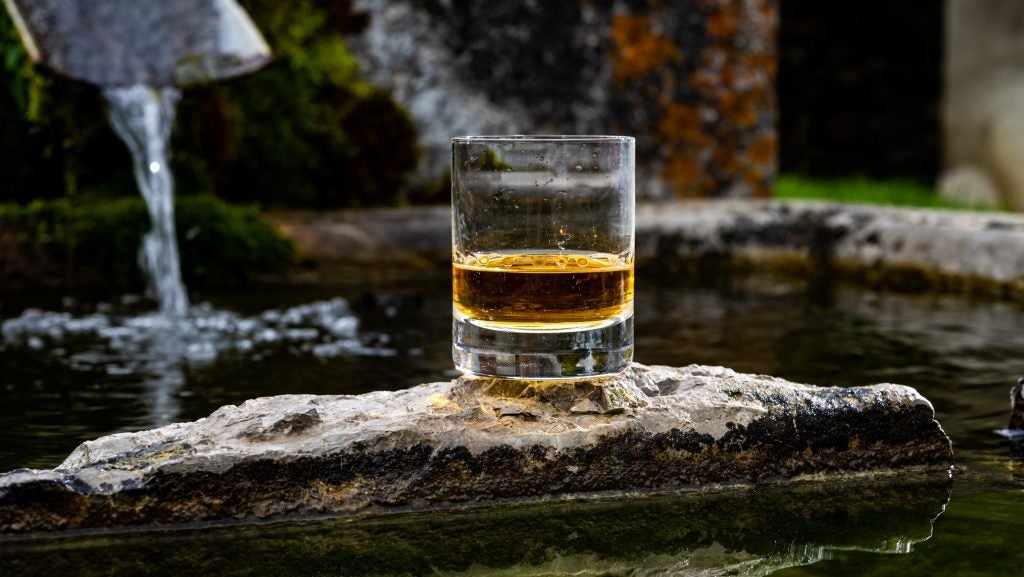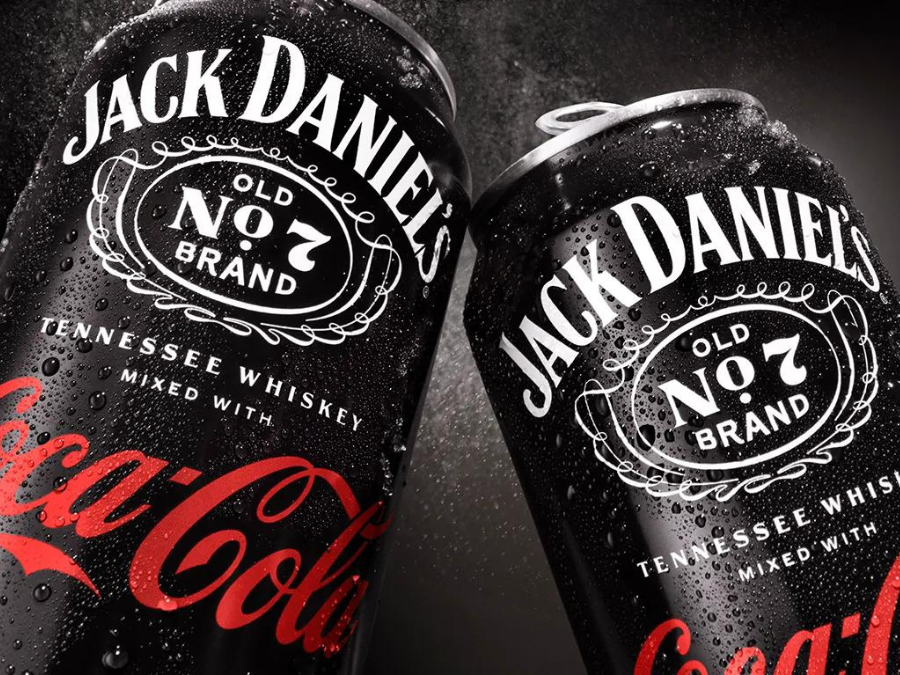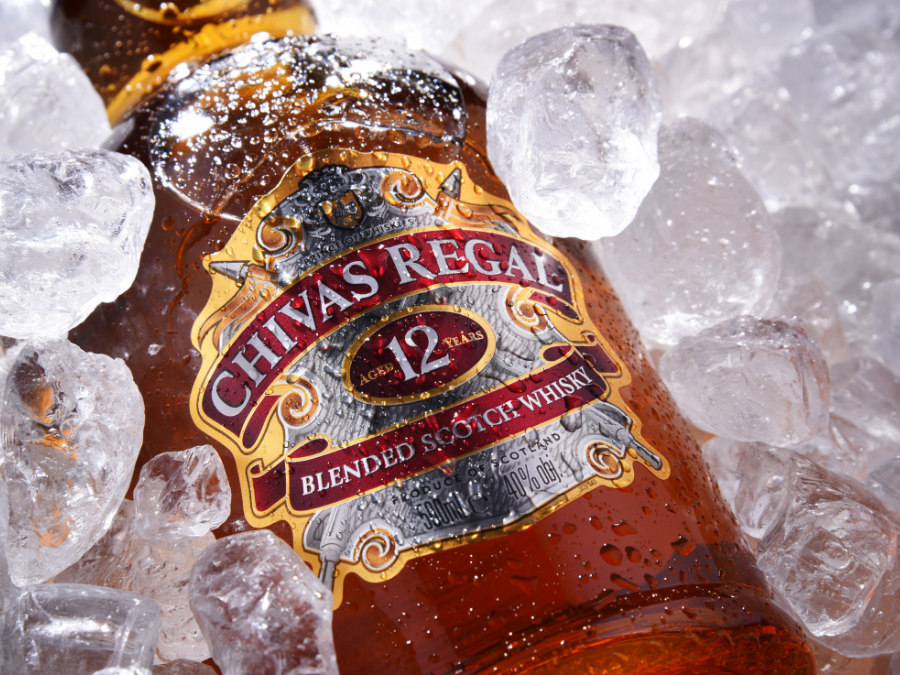It’s not often hops and hop growing make the mainstream news but in early October it seemed the English language media couldn’t get enough of the subject. ‘Climate change could make beer taste worse’ trumpeted the BBC, while CNN warned that ‘The climate crisis is coming for your hoppy beer.’
A study published in Nature Communications sparked the headlines, with the journal digging into the negative effect climate change has had, and is expected to continue to have, on the quality and quantity of European hops. While the current situation was reported as being far from ideal – production declines in Germany, Slovenia, and the Czech Republic, along with significant decreases in alpha acid content – the paper’s forecast for the future was borderline dire, with predicted drops in yield and alpha content of up to 18% and 31% respectively by 2050.
Not what brewers and hop growers want to hear, certainly, but according to one hop expert, also not as bad as it might initially appear.
“Early on [in the study], they write, ‘Hop farmers can and have responded to climate change by relocating hop gardens to higher elevations and valley locations with higher water tables, building irrigation systems, changing the orientation and spacing of crop rows, and even breeding more resistant varieties,’” author Stan Hieronymus wrote in his Hop Queries email newsletter.
“[A]ll of the measures mentioned, and others, get more attention than ongoing efforts to breed cultivars that will produce better yields and higher quality hops with less water and despite higher temperatures. Nor do they include the newest varieties in the study. That is a serious oversight.”
Innovation is happening
What Hieronymus is referencing are hops like Diamant, Vista, and Helios, specific cultivars bred with yield, disease resistance, and long-term sustainability in mind. Such hops are key to the future of hop growing and development, says Eric Sannerud, a US-based former hop grower and president of Sannerud Hop Consulting.
“[While] sustainability is really just getting started, over the last five years the advances in and efforts to improve sustainable growing have been impressive,” he says.
One hop Sannerud champions is Vista, a product of the US Department of Agriculture’s almost century-old hop breeding programme and, according to him, the first so-called ‘public’ hop to receive the same sort of promotional efforts traditionally accorded to proprietary hops.
“It’s a young hop, so farmers are still learning about it,” says Sannerud. “It was only released in 2021, [but it’s] a relatively high yielding, drought- and disease-resistant hop.”
Another, altogether unsurprising champion of Vista is the hop’s developer, Dr. John Henning, who lauds its vigorous nature.
“I evaluated [Vista] though several years and it was obvious that this line was a real winner, super-high yielding and it just seemed to grow through anything you could throw at it, like downy mildew or powdery mildew,” recalls Henning, “I then sent it out to a number of different states and everywhere it went it did fantastic.”
Of course, developing a hop is one thing, whereas converting brewers to its use is quite another. One brewer who needs no such convincing, however, is Max Shafer, brewmaster for Pure Madness Brewery Group in the US state of Wyoming, operators of Roadhouse Brewing and the Melvin Brewery.
“Vista is attractive to me because it provides a unique and different aroma and flavor in our beers compared to any of the other hops we use,” Shafer says. “I love that it can stand alone in a beer, complement other hops, and be used in both lager and ale-style beers.”
Equal in importance is Vista’s sustainable nature, Shafer adds, which he underlines needs to be more on the minds of brewers these days.
“Sustainability in hops is very important to me because as the Earth’s climate continues to change, we all need to do our part to help combat and slow that change,” says Shafer, “Hops are an input-intensive crop, meaning they need a lot of water, fertilisers, and disease and pest mitigation.”
On the hop development front, sustainability is goal one, says Doug Wilson, director of sales and marketing for hop supplier Hopsteiner, with disease resistance and yield taking centre stage.
“All of our varieties are clustered near the top of the list in terms of yield,” says Wilson. “Any new variety we develop gets tested against disease resistance and, if it isn’t resistant, it gets kicked immediately out of the programme.”
However, even with new varieties such as Helios, which Wilson notes “is very high yielding at nineteen and a half bales per acre on average, can get to north of 20% alpha, and is also highly disease resistant,” convincing brewers to embrace such hops can be a challenge.
“While more brewers are showing interest in ‘replacement hops’ that emulate the attributes of better known, less sustainable hops, the name of the hop variety is still very important to a lot of brewers,” Wilson explains.
Hieronymus agrees, citing as a case study Diamant, a hop bred at the German Hop Research Center Hüll in Bavaria. The offspring of Spalt Spalter and intended as a Spalter replacement, it shows “significantly improved tolerance to stress and climate and has a significantly higher yield,” he says. Yet despite these attributes, it struggles for acceptance among brewers and beer drinkers.
“I have a great affection for beers brewed with Spalter as well as other landrace varieties, particularly Hersbrucker, partly because of the qualities they have which other cultivars do not, but partly, honestly, because of familiarity,” he says, “There is every chance that if I had the opportunity to get to know Diamant better, say after a hectolitre or two in a high-quality pale lager, I could develop a similar affection.”
Convincing brewers
One brewery leading the charge on sustainability is Royal Unibrew, insists Iain McOustra, vice-president of operations at Canada’s Amsterdam Brewing, owned by the Denmark-based group since September last year.
“Royal Unibrew wants to be the world’s number one beverage group in terms of sustainability,” says McOustra, “It is committed to becoming 100% carbon neutral by 2025, to have a 50% reduction in supplier emissions by 2030, and to have 100% recyclable or reusable packaging by 2025.”
Included in this sustainability push is an emphasis on reducing the environmental impact of the hops the company buys, which McOustra says led to the company embarking upon a “sustainability tour” during the 2023 hop harvest.
“Sustainability isn’t just about environmental impact. It’s also about whether a hop is agriculturally viable over the long term,” he says. “As someone in charge of procurement, you have to plan for the impact of climate change while maintaining quality.”
McOustra discounts concerns about the quality and flavour and aroma impact of new hops bred for disease- and drought-resistance and yield.
“With regard to these new hops with high sustainability ratings, the quality is absolutely there,” he says, “At harvest this year, the best hop I rubbed was an experimental hop with a very high sustainability rating, and the best beer I tasted was also brewed with that hop.”
Still, opposition to change, or an unfamiliarity with the environmental issues facing hop growers, continues to be something that slows or even prevents the widespread acceptance of sustainability as a factor in hop buying decisions. In a recent article in Brewing + Industry magazine, not one of the 17 French or Québécois brewers surveyed cited sustainability as a factor, with the lone dissenting voice being that of Québec hop grower Martin Ethier of Houblons Franklin, who noted only that “choosing locally produced and certified organic hops will reduce your ecological footprint”.
Andrew Arsenault, key accounts senior manager for US-based hops supplier Yakima Chief Hops, bemoans this reluctance to recognise sustainability as a factor and embrace new varieties, shrugging his shoulders when asked how to best win over brewers and replying with a resigned: “I wish I knew.” The company created a highly detailed presentation on its HBC 638 hop, touted as a replacement for the notoriously difficult-to-grow Centennial but Arsenault says even with such benefits as a 75% higher yield, 40% higher alpha, and similar sensory evaluation, pick-up has been slow.
The factor that may tip brewers over to embracing more sustainable hops could be as simple as cost savings.
“A higher yielding hop can, or should, cost less,” says Hieronymus, “If you’re not spraying as much, don’t necessarily require as much irrigation and the yield is higher, the cost to the grower is less and so prices should be lower.”
Further, says Hopsteiner’s Wilson, more sustainable practices in the field don’t just lower input costs. “When you’re not spraying a field, you’re saving not just the carbon inputs of the chemical, but also the fuel for the tractor, its exhaust emissions, and so on,” he says.
For Amsterdam’s McOustra, the quest for greater sustainability in hops is rooted less in savings or even long-term environmental benefit than it is in simple production logic.
“If we can change the hops in a beer with an eye to its future, so that it’s going to survive longer with more environmentally-friendly hops,” he says, “well, I think that’s a no-brainer.”
If more brewers get on board and embrace this thinking and approach, the Nature Communications study may indeed prove to be a mere tempest in a teapot, or perhaps brew kettle. If they do not, it may be seen as the harbinger of the future that some media outlets made it out to be.


